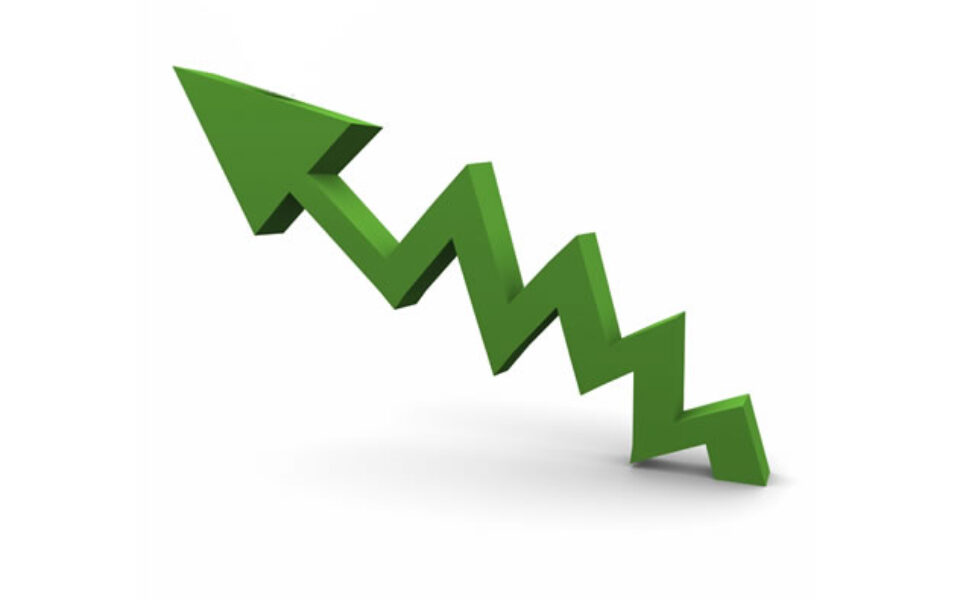Are You Getting An Appropriate Return on Your Business Investment?
By Thomas Insalaco, Manager, Advisory Services
In this issue, we will be discussing how to estimate the economic returns generated by your business and whether those returns are adequate compensation for the level of risk you are taking.
Estimating the return on a business is determined by adding together the benefits received by the owners over a subject period and then dividing that amount by the value of the business at the beginning of the subject period.
(Dividends + Discretionary Benefits + Unrealized Capital Appreciation)
Beginning Value of Business
Discretionary benefits include perks received by the business owner, and paid for by the business, that are unrelated to normal business operations, as well as compensation received by the business owner in excess of a market salary payable to an individual replacing the role of the business owner. For example, assume a restaurant owner also provides services to the restaurant as manager. A market salary for restaurant managers in the same geographic area is $50,000. Our restaurant owner takes a salary of $100,000; has a spouse on the payroll who does not provide services to the business; and has a vehicle utilized for personal travel and which is paid for by the business. The costs of the vehicle, the spouse’s compensation, and the excess $50,000 in salary paid to the business owner are all considered discretionary benefits and part of the owner’s return on investment.
Unrealized appreciation is the change in business value from the beginning of the subject period to the end of the subject period.
You may be able to roughly estimate your return using this formula. However, several components of the formula can be more accurately estimated by a valuation analyst, including beginning and ending value and discretionary benefits.
So, why does this matter? Interests in closely held businesses are risky assets. It is not unusual to see a closely held business yield a 20%+ return one year and a negative return in the following year. This volatility is due to the fact that many closely held businesses face concentration risks that can have major impacts on business operations. To compensate for this risk, many investors would require a higher return over the long term, for an equity investment in a closely held business.
By regularly determining the value of your closely held business interest and its returns, one can determine measures to reduce some of the risks, and, conversely, reduce the volatility in your business investment while ensuring you are receiving an appropriate level of return. A valuation analyst can help estimate the return rate you should be aiming for based on the risks your business faces. The analyst can also help identify which risks should be focused on to protect the value of your business.
In the next issue, we will discuss common concentration risks faced by closely held businesses and how they can impact the volatility of the returns on your business investment.










